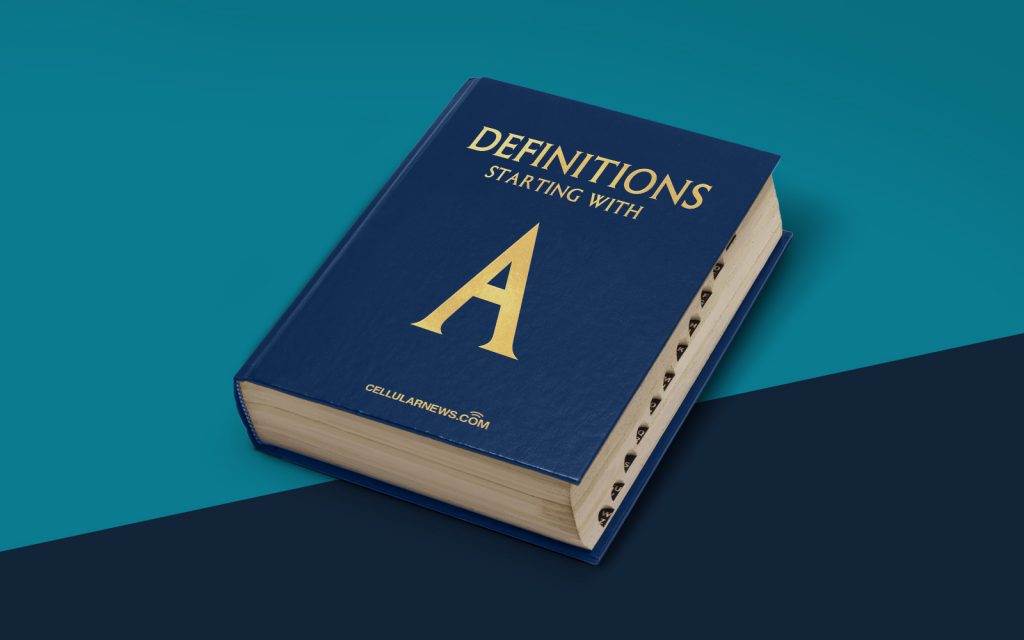
What is Alternate Text (Alt Text)?
Welcome to the “DEFINITIONS” category on our page! In this blog post, we will delve into the world of Alternate Text, also known as Alt Text. If you’ve ever wondered what it is and why it’s important for your website, you’ve come to the right place! So let’s dive in and explore the definition, purpose, and benefits of Alt Text.
Key Takeaways:
- Alternate Text, commonly referred to as Alt Text, is a brief description or text attribute added to an image on a website.
- Alt Text serves several purposes, including providing accessibility for visually impaired users, improving search engine optimization (SEO), and enhancing the user experience.
Now, let’s answer the burning question: What is Alternate Text? Simply put, Alternate Text is a snippet of descriptive text that is added to an HTML image tag. This text is displayed when an image fails to load or cannot be displayed, allowing users to understand the content and context of the image.
Alt Text is primarily used to make images accessible to individuals who are visually impaired or rely on screen readers and assistive technologies. By providing an accurate and concise description of an image, Alt Text allows visually impaired users to comprehend the content of the image and its relevance to the surrounding text.
In addition to enhancing accessibility, Alt Text is also important for improving search engine optimization (SEO). Search engines like Google and Bing rely on textual cues to understand and index content on the web. By adding relevant Alt Text to your images, you are giving search engines valuable information about the image and its relation to the page’s content. This can help your website rank higher in search engine results and attract more organic traffic.
Now that we know what Alternate Text is and its importance, let’s explore some key benefits:
Key Benefits of Alternate Text:
- Accessibility: Alt Text ensures that visually impaired users can access and understand the content of your images, promoting inclusivity and equal access to information.
- Improved SEO: By adding descriptive Alt Text, search engines can better understand your website’s content and improve its visibility in search results.
- User Experience Enhancement: Alt Text provides a better user experience by giving users a textual representation of an image when it cannot be displayed.
- Compliance with Web Standards: Alt Text is an essential component of web accessibility standards, making your website more compliant and accessible to a wider audience.
In conclusion, Alternate Text (Alt Text) plays a vital role in making images accessible, improving search engine optimization, and enhancing the overall user experience. By incorporating descriptive and relevant Alt Text, you can ensure your website is inclusive, visible, and engaging to a broad range of users. So don’t forget to add Alt Text to your images and watch your website soar in both accessibility and search engine rankings!
